Chinese tourists spend a lot of money when they travel. According to WSJ, Chinese tourists spent more than $229 billion in 2015, a 53% increase from the previous year. Many shopping malls and tourist centers hire Chinese speaking staff. But when it comes to payment, most of places still haven’t caught up with the more popular mobile payment method in China. Today we are going to talk about how foreign shops can use WeChat cross-border payment to increase in-store purchasing from Chinese tourists.
What is WeChat cross-border payment for in-store purchase?
It is a solution that is offered by Tencent to help foreign merchants collect payments from Chinese tourists. Tenpay automatically translate the price into RMB so that the Chinese tourists can pay with WeChat wallet, and the foreign merchant can receive the payment in their local foreign currency.

What license are required to setup offline WeChat cross-border payment?
As long as you have a physical store in a popular Chinese tourist destination, it is possible to setup in-store WeChat cross-border payment. Currently WeChat cross-border solution is available in the following countries/regions: Most countries of Asia and South East Asia, Japan, Australia, New Zealand, West European countries, and USA. Tencent is actively looking for payment solution providers to help bring WeChat cross-border payment to other countries.
Here are 3 examples of offline payment.
Japan grocery store
Butler is a duty-free grocery store in Japan, a good example of WeChat cross-border payment and O2O strategy. It has a integrated POS system that accepts WeChat cross-border payment, Union pay and QQ cross-border payment.
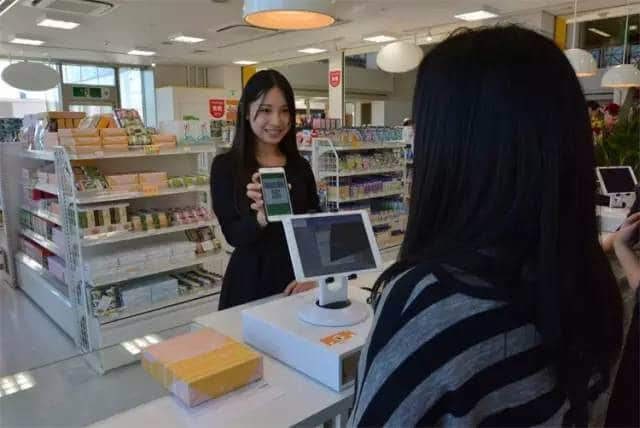
This Japanese duty-free shop not only provide better shopping experience by accepting WeChat payment, it also master O2O conversion. In store customers are encouraged to scan a QR code to follow the WeChat account. The WeChat account is connected with a cross-border WeChat shop, which these in-store customers could continue to make purchase after they return to China.

This O2O acquisition task is carried out through this robot which have the intelligence of a 6-year-old.
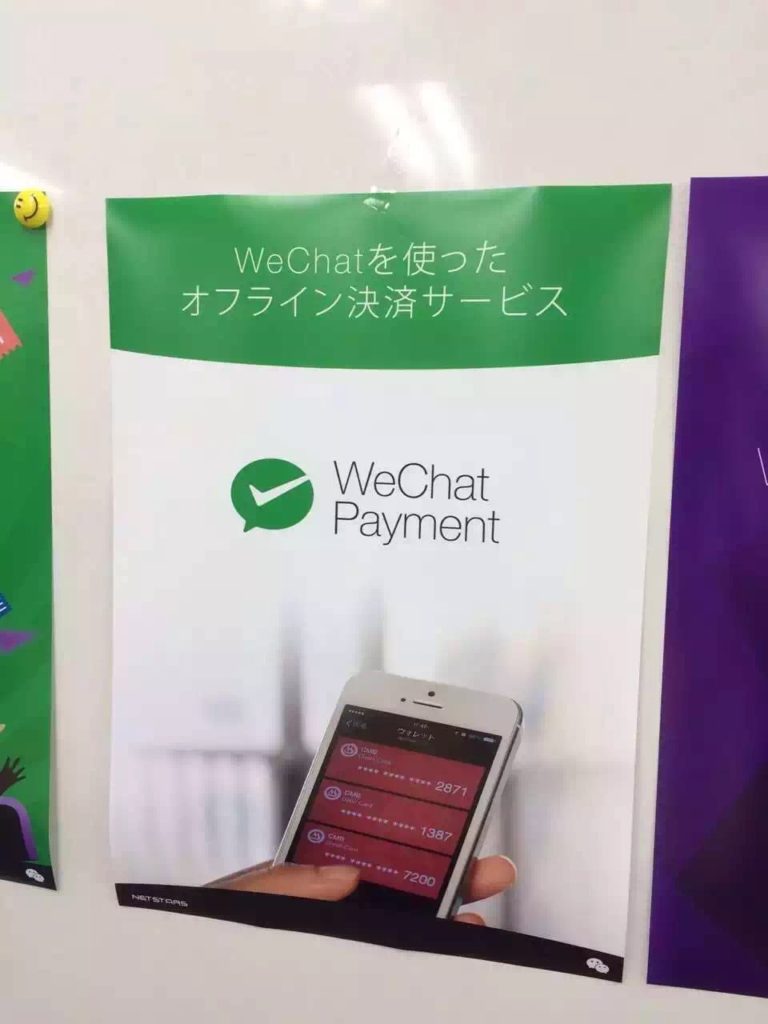
Japan is one of the major countries where Tencent and Alibaba would like to gain mobile payment market share.
Korea Department Store Shinsegae
Shinsegae, one of Seoul’s biggest duty-free shop, wants to make sure Chinese tourists feel at home while shopping. On top of hiring 1,500 Chinese-speaking employees, the department store also fully integrated WeChat cross-border payment. Tourists are able to shop and even buy Starbucks coffee using their mobile phone.

Tencent is also actively pushing the use of WeChat payment through a red envelopes campaign: if a user spends more than 5,000 Korean Won (around 4 USD), he or she will have a chance to win red envelop of 20-888RMB (3-138 USD).
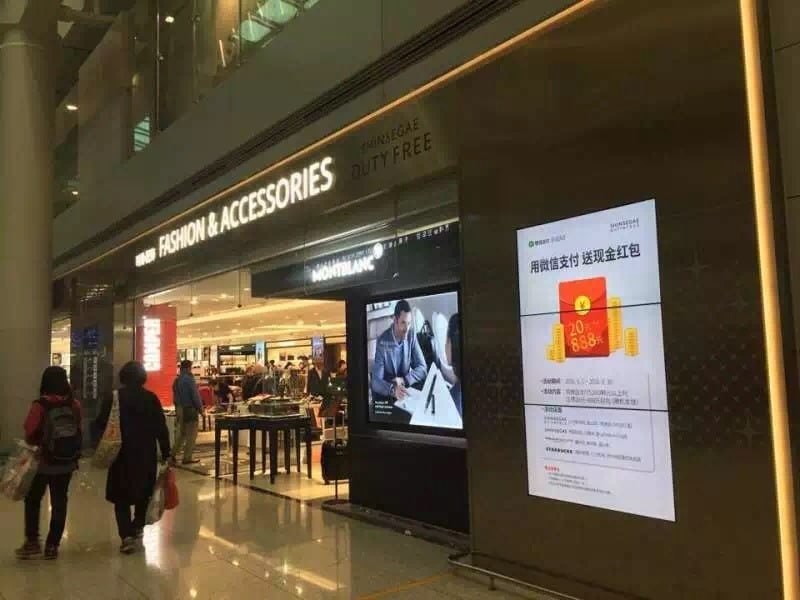
New Zealand souvenir shop and car rental company
You don’t have to be a big department store to integrate WeChat cross-border payment. This New Zealand souvenir shop also has the cross-border payment setup to target Chinese tourists.
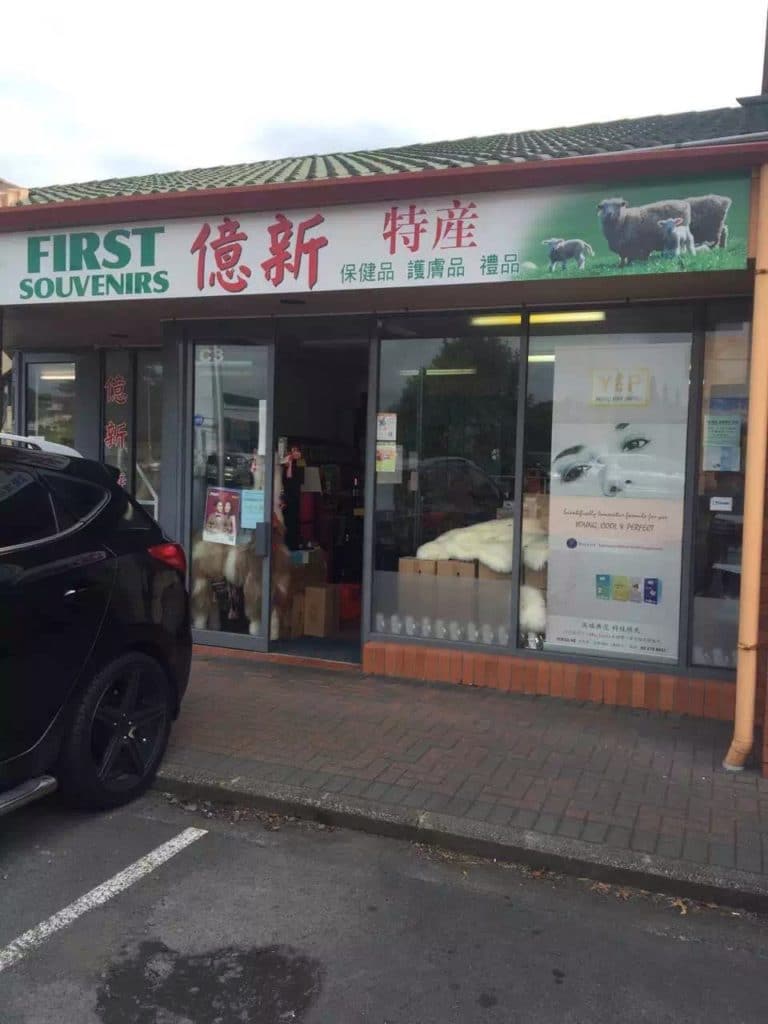
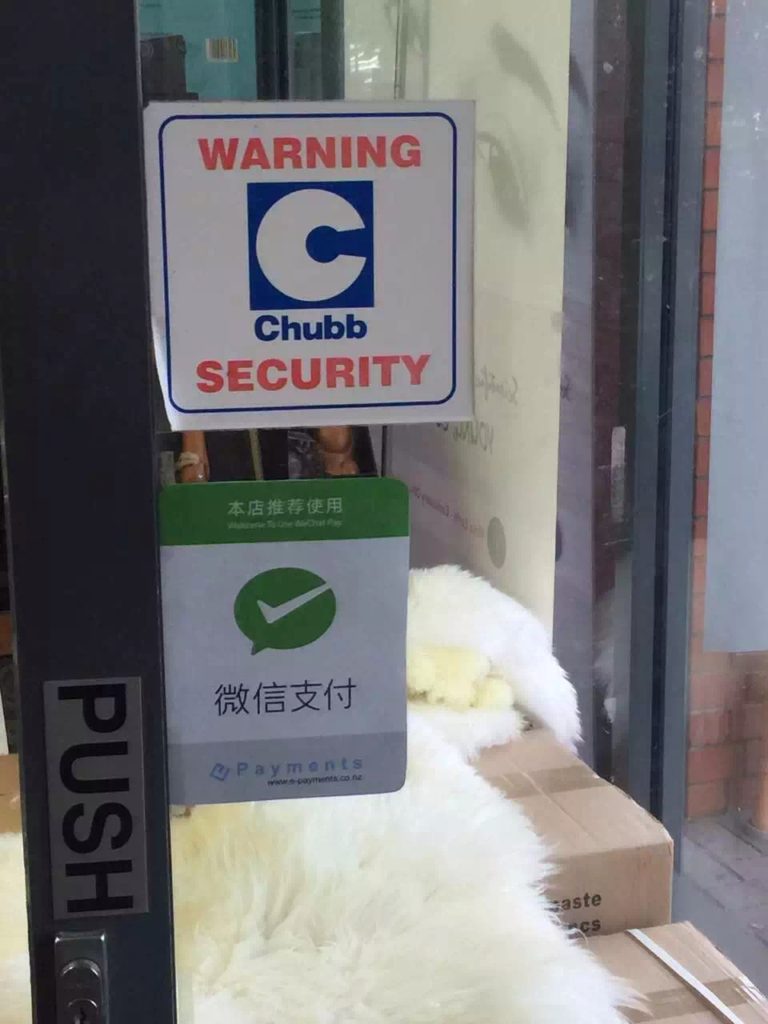
This New Zealand car rental company also accepts WeChat cross-border offline payment.

Conclusion
WeChat cross-border payment is a good way to increase in-store spending from Chinese tourists. Using both WeChat payment and WeChat marketing can help both to increase the amount of goods purchased while abroad, and enable repeat purchase when they return home.
